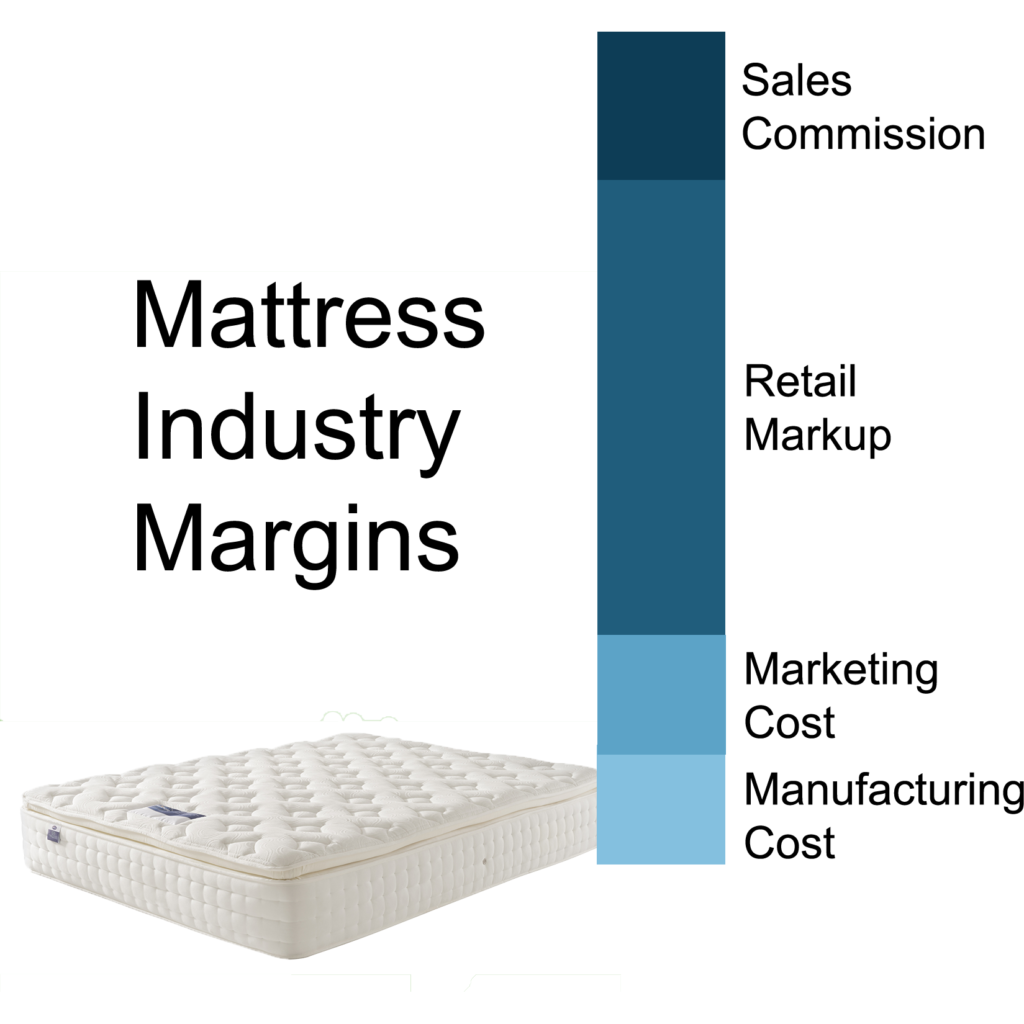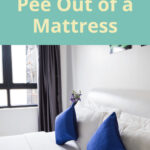Are you curious about what is the markup on mattresses? Understanding how mattresses are priced can help you make an informed decision when buying a mattress. This comprehensive guide provides an overview of the different factors that influence the markup of mattresses, such as the manufacturing process, materials used, and retail costs. We will also discuss strategies to find the best deals on mattresses and how to avoid getting taken advantage of. By the end of this guide, you will have a better understanding of mattress pricing and how to make the most of your purchase.
Factors Affecting Mattress Markup
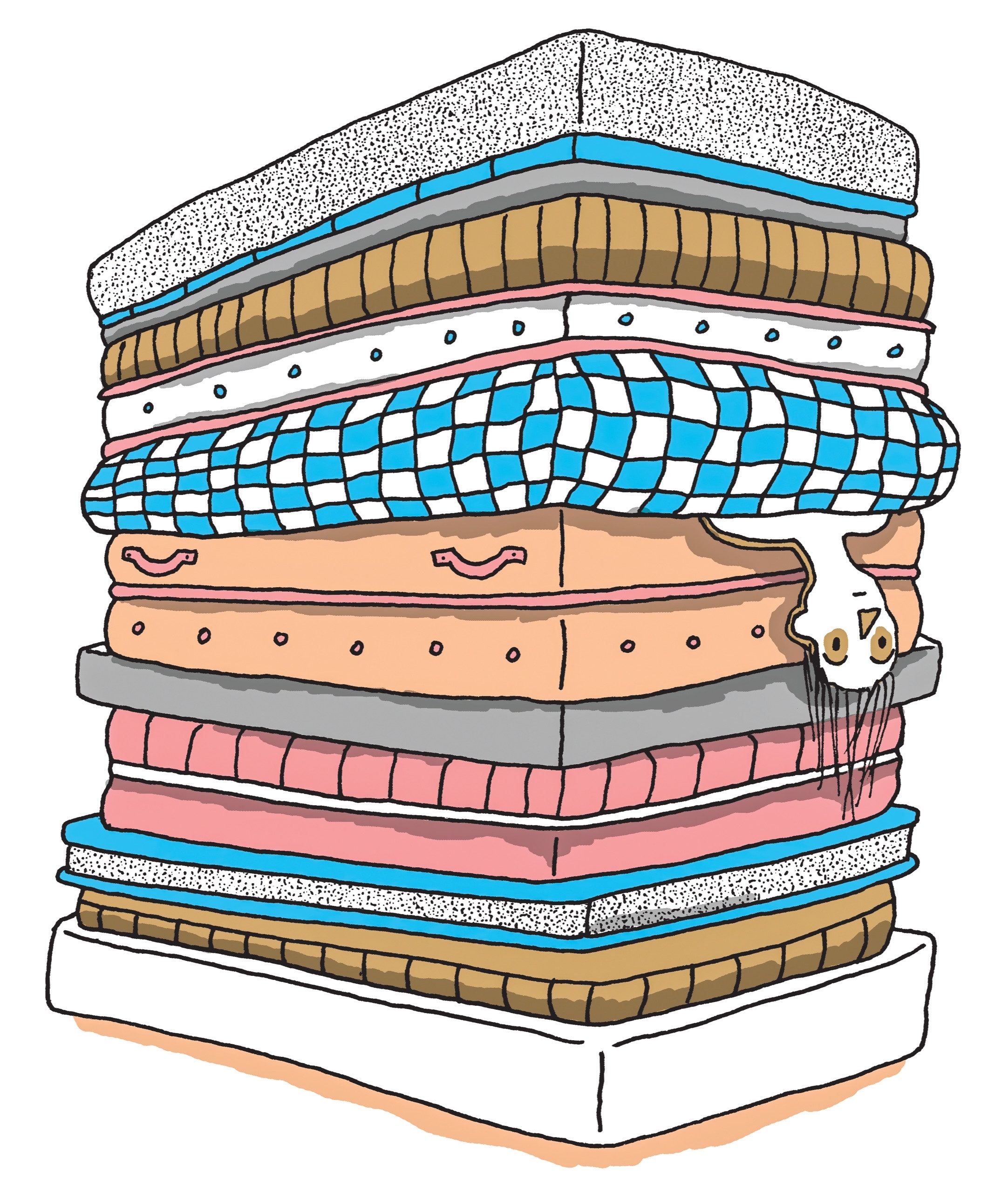
Quality of Materials
The quality of materials used when manufacturing mattresses has a major effect on markup. Mattresses with higher-end materials such as memory foam, latex, or organic cotton are likely to have a higher markup than mattresses with lower-end materials such as polyester or polyurethane foam.
Brand/Retailer
The brand or retailer of the mattress also plays a role in markup. Some brands are known for their quality and are willing to charge higher prices for their products. On the other hand, discount mattresses are often sold at lower markups.
Labor and Manufacturing Costs
The labor and manufacturing costs associated with making a mattress also affect markup. Mattresses with more complex designs require more labor and materials, resulting in a higher markup.
Advertising Costs
The cost of advertising a mattress is also a factor in the markup. A mattress that is heavily advertised is likely to have a higher markup than one that is not.
To understand how much are mattresses marked up, it’s important to consider all of these factors. Quality materials, brand/retailer, labor and manufacturing costs, and advertising costs all play a role in determining the markup of a mattress.
Types of Mattress Markups
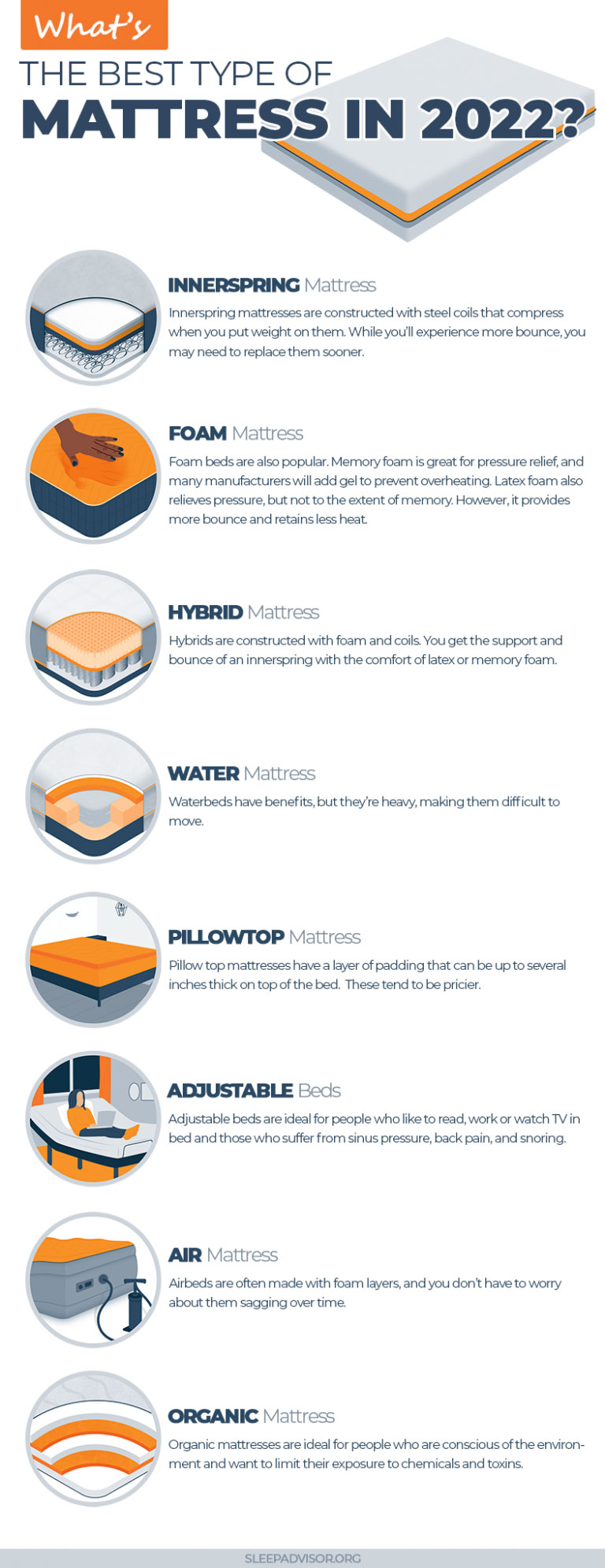
Manufacturer Markup
Manufacturer markup is the percentage added to the cost of the mattress that covers the manufacturer’s expenses, including production costs and overhead. This markup is typically 20-40%.
Wholesaler Markup
Wholesaler markup is the percentage added to the cost of the mattress that covers the wholesaler’s expenses, including transportation and overhead. This markup is typically 40-60%.
Retailer Markup
Retailer markup is the percentage added to the cost of the mattress that covers the retailer’s expenses, including advertising and overhead. This markup is typically 60-80%.
Average Mattress Markup
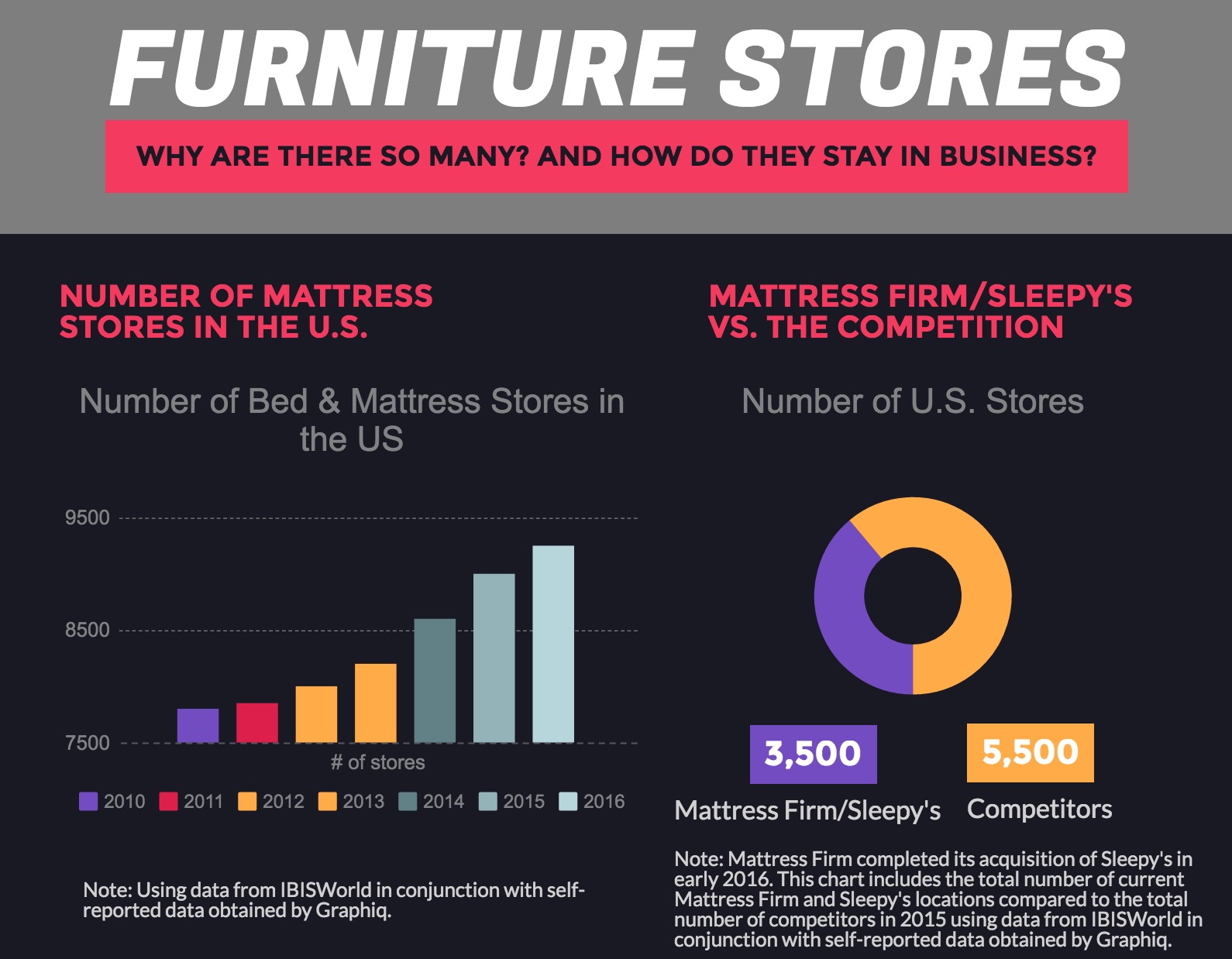
- Traditional Mattresses: Mattresses sold by traditional stores typically have a markup of 20-50%.
- Direct-to-Consumer Mattresses: Mattresses sold by direct-to-consumer brands have a markup of 10-25%.
- Online Mattresses: Mattresses sold online typically have a markup of 10-30%.
The Role of Discounts and Coupons

- Discounts: Retailers often offer discounts to promote their products. Discounts may come in the form of a percentage off the regular price or a set amount off the total purchase. Depending on the retailer, discounts may be available on select mattress models or on all mattress models. These discounts are typically offered on a regular basis, either through their online store or in-person at their brick and mortar location.
- Coupons: Coupons are another way for retailers to offer discounts on products. Coupons may be found in physical or digital form, either from the retailer or from external sources such as coupon websites or newspapers. Coupons may offer a percentage off the regular price or a set amount off the total purchase. Additionally, some retailers offer coupons for free shipping or for a certain number of days of free trial. Coupons are typically exclusive to certain mattress models or mattress sizes.
Discounts and coupons are a great way to save money when purchasing a mattress. However, it is important to understand the limitations of these discounts, such as expiration dates or specific mattress models. Additionally, it is important to remember that discounts and coupons do not necessarily indicate a lower markup on the mattress itself.
Factors Influencing Consumer Purchasing
Price: The most important factor in determining a consumer’s purchase decision is the price of the mattress. Consumers generally compare prices before making a purchase decision. They want to ensure that they are getting the best deal for their money.
Brand: Many consumers are willing to pay a premium for a mattress from a well-known and trusted brand. A mattress from a well-known brand gives buyers the assurance that they are getting a quality product.
Quality: Consumers want to purchase a mattress that is of good quality. They want to ensure that the mattress is durable and will last for a long time.
Comfort: Comfort is an important factor for many consumers when purchasing a mattress. They want to make sure that the mattress is comfortable enough to provide a good night’s sleep.
Size: Mattress size is an important consideration for many consumers. They want to make sure that the mattress is the right size for their bed frame.
Style: Consumers want to purchase a mattress that is aesthetically pleasing. They want to make sure that the mattress matches their decor and style.
Features: Consumers want to purchase a mattress with features that are beneficial to them. Features such as cooling technology, adjustable firmness levels, and edge support are all important considerations.
Frequently Asked Questions
What is the Standard Markup on Mattresses?
Mattress markup is the difference between the cost of manufacturing a mattress and the retail price.
- The standard markup on mattresses is usually around 50-200%.
- The markup can vary based on the type of mattress, such as a memory foam mattress, latex mattress, or innerspring mattress.
- The markup can also vary based on the brand, retailer, and materials used.
- The markup also depends on the size of the mattress and any features it has, such as a cooling layer or pillow top.
The markup on mattresses is typically higher than other items like furniture or electronics, so it’s important to consider all factors when shopping for a mattress.
How do mattress retailers decide what to charge?
Mattress retailers usually calculate prices based on the cost of materials, production costs, expenses related to shipping and delivery, and the desired profit margin. They also factor in the cost of any promotions or discounts they may offer, such as free delivery or a buy-one-get-one-free deal. Additionally, retailers may adjust prices based on the location of the store, the competition, and the demand for a particular product.
Are there any factors that influence the markup on mattresses?
Markup on mattresses is determined by several factors, such as the type of mattress, materials used, brand, retail location, and even the time of year. Mattress manufacturers typically add a markup to their products to cover their costs, while retailers add a markup to cover their overhead costs and make a profit. Mattresses made with higher-quality materials and featuring more desirable features tend to have higher markups. Similarly, mattresses sold in more expensive retail locations tend to have higher markups. Lastly, markups for mattresses can increase during the peak selling season, such as holidays.
What is the Average Markup Percentage for Different Types of Mattresses?
- Innersprings: Usually, the markup on innerspring mattresses is around 25-30%.
- Foam: The markup on foam mattresses is typically 10-20%.
- Latex: Latex mattresses usually have a markup of 20-30%.
- Hybrids: Hybrids typically have a markup of 25-40%.
- Airbeds: Airbeds usually have a markup of 30-40%.
The markup percentage for mattresses can vary greatly depending on the type of mattress and brand. It is important to note that the markup on mattresses is usually much higher than the markup on other types of furniture. This is because mattresses are considered to be a luxury item, and manufacturers often charge a premium for them. Therefore, it is important to be aware of the average markup percentage for different types of mattresses before making a purchase.
Are There Any Ways to Get Discounts on Mattresses?
The best way to get a discount on a mattress is to look for sales or promotions offered by manufacturers and retailers. Many mattress companies offer limited-time discounts on their products, so it pays to do some research and keep an eye out for offers. Some stores may also offer discounts for bulk purchases or for returning customers. It is also possible to buy mattresses second-hand, which could result in significant savings. Additionally, shoppers can sometimes find coupons online or use loyalty programs to get discounts.
Conclusion
The markup on mattresses can be quite substantial, and understanding how it works is essential to getting the best deal when shopping for a mattress. It is important to research different mattress brands, types, and models to make sure you are getting the best value for your money. Additionally, understanding the different components of mattress pricing, such as markups, discounts, delivery fees, and taxes, can help you make the most informed decision when purchasing a mattress.
